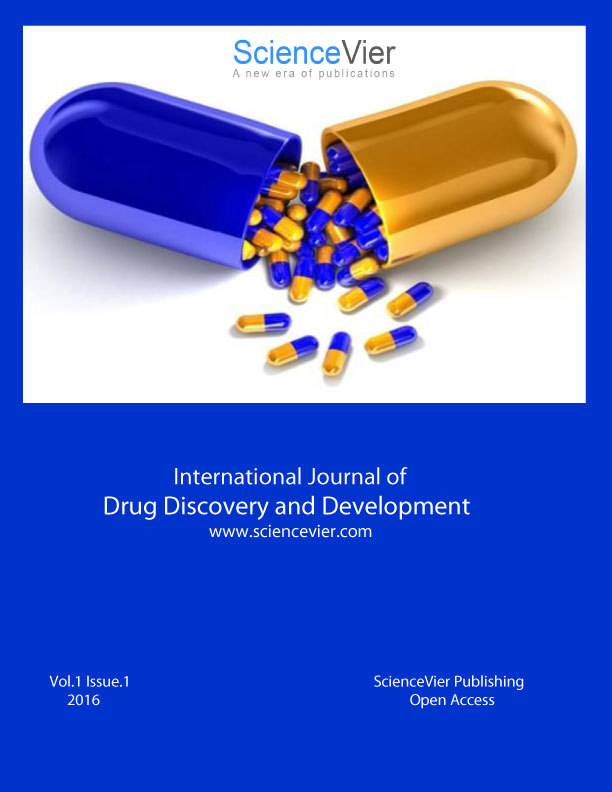
EPTIFIBATIDE INDUCED SEVERE THROMBOCYTOPENIA IN AN ASYMPTOMATIC PATIENT
ABSTRACT:
Glycoprotein (GP) IIb/IIIa inhibitors are routinely used in patients with acute coronary syndromes. There have been reported platelet counts of below 20 x 10^9/L within hours of administering the drug. We present a case of a 44 years old man with inferior wall myocardial infarction and third-degree heart block who was transferred to our hospital for cardiac catheterization. The patient successfully underwent percutaneous intervention to right coronary artery and eptifibatide was given per protocol. 6 hours post-eptifibatide initiation, platelets dropped from 288 x 10^9/L to 24 x 10^9/L. Eptifibatide was stopped and a complete blood count (CBC) was repeated after 2 hours. The platelets had further dropped to undetectable levels showing 0 x 10^9/L. The patient remained completely asymptomatic. Pseudo-thrombocytopenia was ruled out on peripheral smear. Platelet transfusion was considered however, platelets started to rise few hours afterstopping of Eptifibatide.Twelve hours later, platelet count reached 4 x 10^9/L. It continued to show a positive trend and reached upto a level of 293 x 10^9/L after 5 days. Patient was discharged in a stable condition. Due to this rare but significant phenomenon, patients on these drugs should have their platelet count closely monitored. It is also very rare not to have any symptoms after such critically low platelet levels.
EVALUATION OF ANTICANCER, ANTIVIRAL AND HEPATIC PROTECTIVE ACTIVITIES OF PMF DERIVED FROM CAMEL URINE
ABSTRACT:
Over years antiviral and anticancer drugs are continuously produced, however, no cure can be produced yet. Different studies were conducted to produce protective medicine using various natural and artificial sources but none has succeeded. This study aimed to investigate the in vitro anticancer and antiviral activities and thein vivohepatoprotective effect of PMF derived from camel urine.. The in vitro results showed that toxicity inducing by PMF concentration to Vero cells was significantly lower than that of hepatic cancer cell line model (HEPG-2) (P<0.05).
PMF had promising virucide effect as vesicular stomatitis virus(VSV) activity was completely inhibited by 75 minutes post treatment with PMF. In vivo study revealed that oral PMF administration for 90 days led to hepatic protective activity against carbon tetrachloride (CCl4) induced liver damage in rats. In conclusions, PMF is a promising bio-product from camel urine showed antiviral and anticancer potentials in vitro on cell lines and hepatic protective effects in vivoin CCl4 treated rats.
CARDIOVASCULAR RESPONSE TO HIGH SPEED EXERCISE IN ATHLETIC HORSES
ABSTRACT:
Various body systems or organs are responsible for successful performance in the horses. The cardiovascular system has great role in the evaluation of exercise tolerance in the horses. In this study ,cardiovascular response of 19 Iranian race-horses, before and after exercise in 1600 meter race-track were studied .Heart rate before and after exercise and pattern of its reduction after exercise and correlation between these data’s and poor performance were evaluated. The mean of resting heart rate was 36.10+_5.54 bpm.the mean of maximum heart rate and heart rate after sixty minutes of exercise or HR(60), were 131.89+_16.83 and 42.36+_11.70 bpm respectively. The maximum heart rate showed significant increase to resting heart rate (p<0.05).The mean decrease of heart rate in first minute was 15.38 percent. Eleven horses (60 %) had HR of 60 bpm after twenty minutes.21.1 percent of horses had normal HR after thirty minutes. The mean values of PCV (paced cell volume) and RBC (red blood cell) were 36.60± 3.3 % and 6.8± 0.88 M/ul at rest and 44.73± 4.7 % and 9.28± 1.32M/ul after exercise
respectively. These values showed significant increase after exercise (p<0.05).





